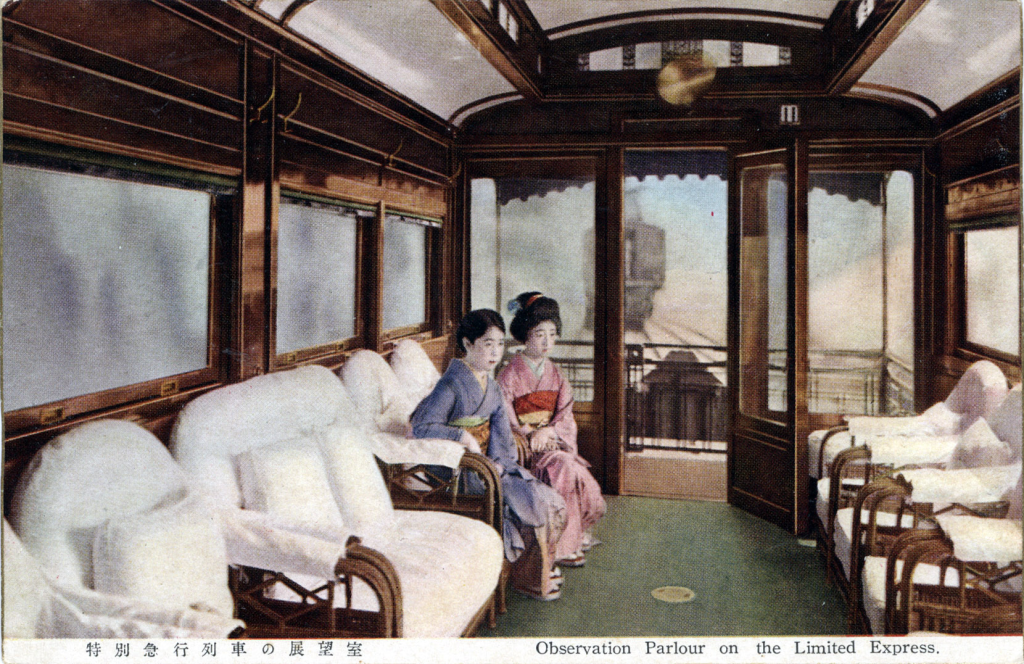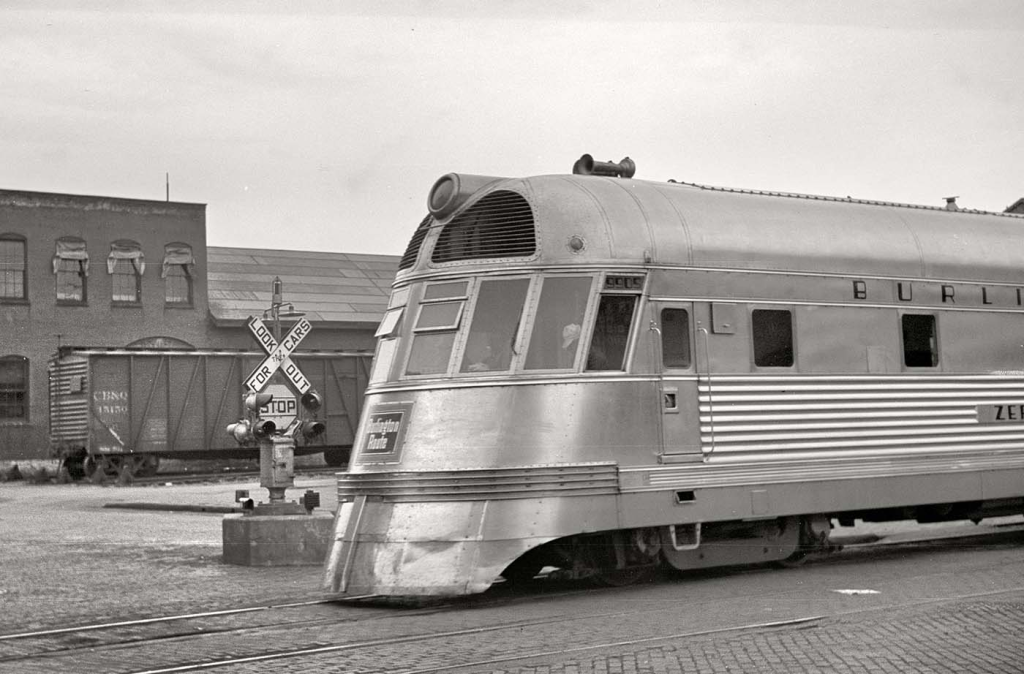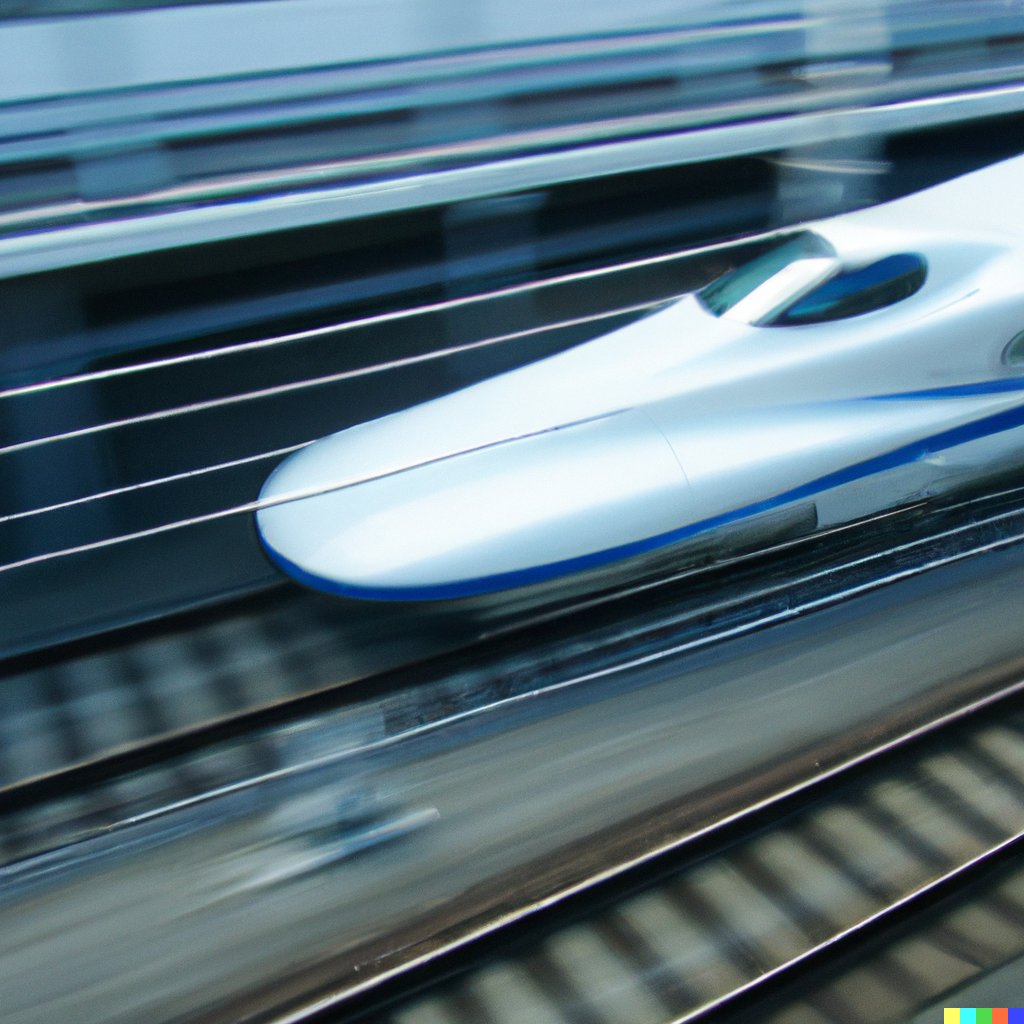Railways have long served as the backbone of Japan’s transportation and fueled its economic growth.
The evolution of Japan’s rail history mirrors the country’s modernization across centuries.
From early steam locomotives to today’s ultramodern magnetic levitation trains, Japan’s railways represent an epic journey of engineering achievements.
In this article, we’ll explore the major eras and milestones that have shaped Japan’s rails over the past 150+ years.
Origins of Rail (1870s to 1900s)

Japan’s first railway opened in 1872 between Shimbashi and Yokohama, ushering the country into the modern transport era. Key early developments included:
- Government railways – The national government initiated and operated early railways modeled after the British system.
- Foreign technology – Early locomotives were imported from the U.K. and U.S. as domestic engineering expertise developed.
- Mainline expansion – Mainlines extended from Tokyo across Honshu and into Kyushu by the 1890s.
- Privatization – Most government railways were privatized and sold to companies by 1907 to fund further expansion.
These pioneering early railways established Japan’s initial railway network spanning the main island of Honshu.
Prewar Boom Years (1910s to 1930s)

The prewar period saw rapid railway expansion and ridership growth:
- Urban networks – Privately owned subway systems were constructed in Tokyo, Osaka, and Nagoya to meet growing urban transportation demand.
- Local and regional lines – Thousands of miles of local and regional railways were built to connect cities and towns nationwide.
- High-speed debut – Japan’s first high-speed “bullet train,” the 90 Series Shinkansen, began service in 1930 between Tokyo and Osaka.
- Mergers and consolidation – Many smaller private railways merged into larger companies and conglomerates.
These decades of swift expansion established rail as essential to both urban and long-distance mobility in Japan.
Wartime Upheaval (1930s to 1940s)

World War II brought major challenges and setbacks for Japan’s railways:
- Government control – The rail network was consolidated under government control in the late 1930s as part of the war effort.
- Infrastructure damage – Allied bombing during WWII severely damaged rail lines and rolling stock. Over 50% of rail assets were lost by 1945.
- Postwar recovery – Rebuilding the devastated rail network was a top priority during post-war restoration under US occupation.
This tumultuous wartime period necessitated reinventing Japan’s railway system almost entirely from scratch.
High-Speed Revolution (1960s to 1980s)

Japan’s modern high-speed rail network took shape during this era:
- Tokaido Shinkansen – The world’s first modern high-speed line opened between Tokyo and Osaka in 1964.
- Bullet train network – Additional shinkansen lines were constructed on Honshu and Kyushu during 1970s and 80s.
- Privatization – Government-owned Japanese National Railways was privatized and split into new regional companies in 1987 to improve efficiency.
- Speed increases – Top train speeds rose from 210 kph in 1964 to 240 kph by 1979 and then 300 kph after further advances.
These post-war decades cemented Japan’s reputation as the pioneer of modern high-speed railways.
Technology Innovation (1990s to Today)

Recent decades have brought maglevs, hybrid trains, and cutting-edge tech:
- Maglev debut – Japan’s experimental maglev train broke the 500 kph (over 300mph) mark in 1997. Commercial maglev is under development by companies like JR.
- Green trains – Hybrid and battery-powered trains are being rolled out to cut emissions from diesel power.
- Automation – Driverless train operation has been implemented on some shinkansen and subway lines to enhance safety and frequency.
- Smart transit – Digital systems now optimize train frequency, schedules, and transfers in real-time based on ridership demand.
With ongoing advances, Japan continues trailblazing new high-speed and greener train tech into the 21st century.
Conclusion
In just over 150 years, Japan has progressed from early steam engines to futuristic maglevs hitting 500 kph.
The evolution of trains parallels the modernization of Japan itself from a feudal society to an industrial powerhouse at the forefront of rail innovation.
With Japan’s legacy of engineering excellence, its railways will surely continue pioneering new transit milestones for generations to come.

Jonny is an Englishman who has been travelling around South-East and East Asia since 2015. He loves Japan but isn’t a weeb. He’s able to live the digital nomad lifestyle by blogging full-time.
